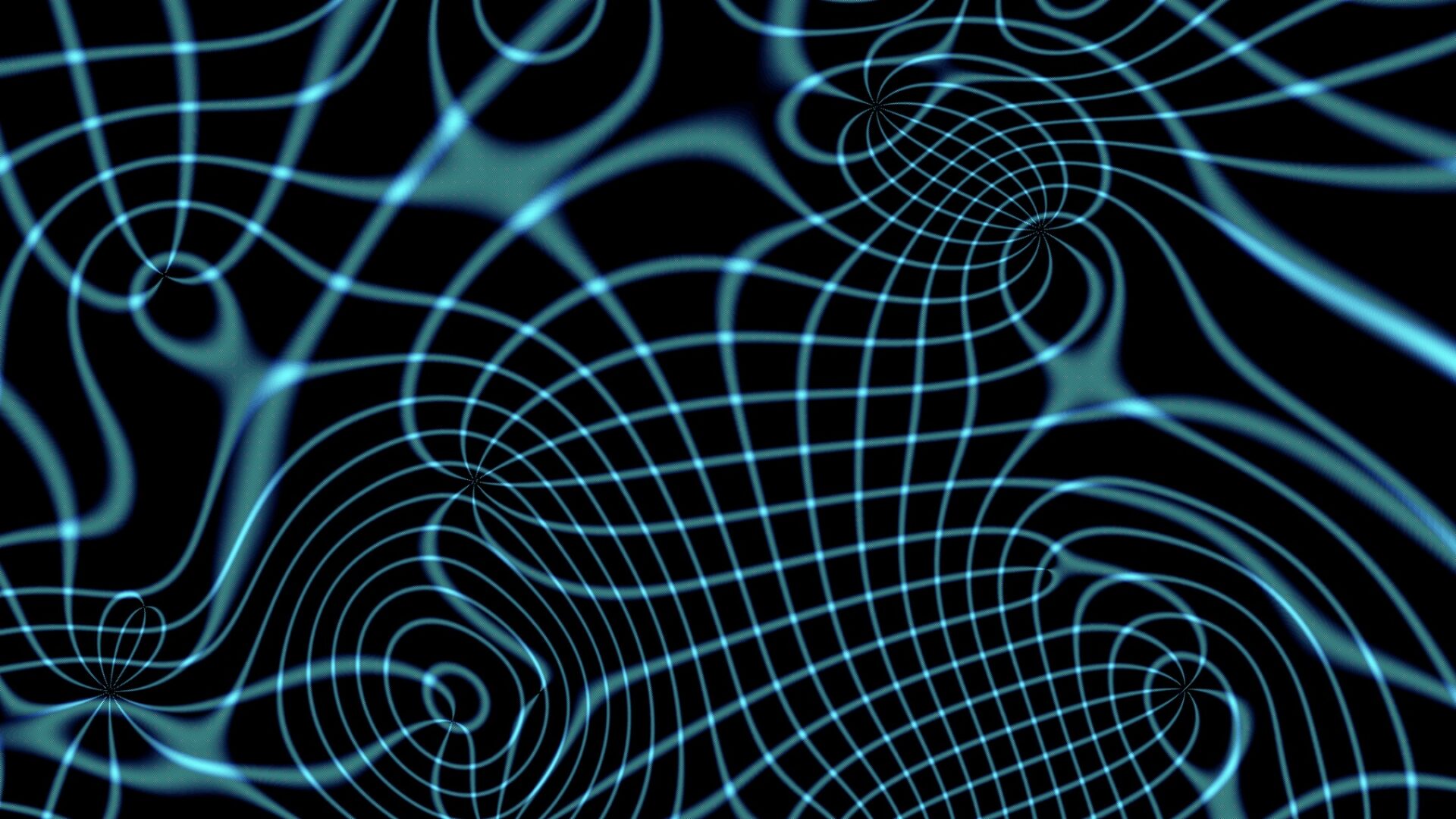
A Minor Color-Theory Epiphany
I’ve spent the better part of the afternoon in the studio working on the second in my series of drawings of San Francisco landmarks (if I’ve started the second it’s officially a series, right?) I’m in the early pencil phase, doing a lot of study of reference photos and creating a lot of outlines, not attending to questions about texture.
One of the fascinating things about the human mind is its capacity to create connections from totally disparate fields, and how these connections can bridge the conceptual voids that otherwise would have been missed.
A simple example can be found in almost every episode of the popular television program House MD. Just as the first few minutes formulaically teases the viewer to guess which ailment will be Dr House’s case for the week, there are a number of similar plot devices which recur every episode. One such device is the epiphany triggered by an unrelated personal conversation. «You’re lying to keep from doing rounds in the clinic!» someone says to House, which triggers a flash of insight about a virus disguising itself as a bacterial infection to move from one organ to another where the medicine can’t get to it. Dr House, being a brilliant and troubled, dysfunctional mind, is therefore well-suited to diagnosing very complicated systemic failures. It’s almost like the stories of undercover police who solve crimes by learning to think like criminals. House detects complicated illnesses because he is a brilliant and sick person himself.
Okay, enough pop-psychobabble. The point is that this character invariably has to step away from the problem in order to identify a pattern in another context. Frequently my conscious mind, when looking at a problem, actually prevents me from making these connections, because I focus so much on the problem itself and cannot let my implicit knowledge fill in a picture. It’s sort of a forest-for-the-trees kind of problem, but I think it goes farther than that. It’s more as though I cannot see a particular tree until I look away and start to recall details I hadn’t considered on first observation, like the tree-like shape of the mystery object’s shadow.
So it is not unusual at all that I’ll have the best insights about one kind of work while I’m doing some totally other sort of work. Today it was pencil drawing in my studio, and as I was trying to create representations in two dimensions of shapes existing in three dimensions, part of my mind was toying with the relationships between colors.
One of the recent challenges in my digital Luxographic process has been to break images down into color combinations that Photoshop doesn’t understand. There is no magical color separation process to break an image down to non-primary colors, with the exception of the traditional cyan, magenta, yellow combination. Even those should be thought of as primary colors; they are subtractive primary colors rather than the additive primaries of red, green and blue.
My most recent pieces have employed a not-too-clever cheat: I’ve started with an image with a single dominant color, taken two channels and assigned their information to colors I guessed would be a good match for the original, then adjusted the values of those «spot» color channels to correct for the color-balance shifts that come from losing one channel and recombining different colors. This technique has been successful, but it has taken quite a bit of trial and error and I’ve started with images with very limited color palettes to begin with.
The question was dancing around the edges of my consciousness as I was putting pencil lines down on paper, and then the thought came suddenly to front and center: how did they do it before computers?
It’s a sort of obvious question for someone attempting to bring the human hand into the process to ask, but it’s something I haven’t really investigated in a long time. When I did, it was a question of mostly idle curiosity. Some of my assumptions about the process of creating line screens without computers went into my digital recreation of the process, but that was limited to the realm of creating the halftone screens. How did colors get separated?
I had a crude guess that it was accomplished by rephotographing photographs multiple times with filters to exclude everything except the compliment of the color of the filter. I went to my copy of the «Pocket Pal» handbook for graphic arts production. Mine is a fifteenth edition, published in 1992, the year I first started to work in prepress. Digital prepress was still very new at that time and the bulk of the «Pocket Pal» is devoted to traditional processes.
I’ve looked at the description before, but today the pieces fell together. And yes, they did it just like I thought. They made four photographs of a color photograph, one with a filter for each of the additive primaries and a fourth to create a master for the black ink.
The thing that makes this significant for me is that I can do that digitally without reinventing any wheels. The color separation can be done with layers in Photoshop without much difficulty, and it does not have to be done at obscenely high resolution, as does the halftoning of the images. While I’ll still have to do some trial and error to find the correct mix of colors for the palette I want, I won’t have to start from a representation of the wrong color and adjust. I can create channels for the specific colors I want — for any specific color I want.
It seems sort of obvious now that I’ve written it out, but for practical purposes I’m better off with a course of action that seems obvious than one that seems arcane and obscure.